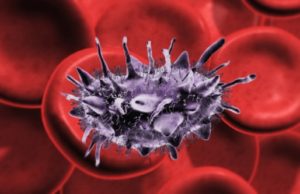Although RBC transfusions have decreased over the past decade, the demand for platelet transfusions has increased. In order to better understand platelet transfusions, researchers retrospectively analyzed electronic data from 2013 to 2016 from 12 US hospitals participating in the Recipient and Donor Epidemiology Study III (REDS-III). Excluding patients under 18 years of age, 163,719 platelet products were transfused to 28,843 inpatients and 2987 outpatients with a mean of 1.30 platelet products transfused per episode. Over 60% of all platelets transfused were apheresis-derived, and 93% were leukoreduced. Fifty-four percent of transfusions were ABO identical, and 16% were ABO minor mismatches with plasma incompatibility; and 46% of all platelets were transfused to patients with leukemia, myelodysplastic syndrome, or lymphoma. With regard to inpatients, 42% of patients had counts 20,000/µL or less before transfusion, and 28% had platelet counts in the range of 20,000-50,000/µL. For outpatients, the most common pretransfusion platelet count was between 10,000 and 20,000/µL. Further studies are needed to better understand the effects of major and minor platelet mismatches and the appropriate platelet count thresholds triggering transfusions for all types of patients.
Reference:

